Description
Taming the Static: Understanding and Utilizing Antistatic Agents
In today’s world, static electricity is more than just a nuisance; it can be a serious problem in industries ranging from electronics manufacturing to textiles. From clinging clothes to malfunctioning equipment, static discharge can cause significant disruptions and damage. That’s where antistatic agents come in. These invaluable compounds are designed to reduce or eliminate the buildup of static electricity, ensuring safer and more efficient processes across a wide range of applications.
What is Static Electricity and Why is it a Problem?
Static electricity arises from an imbalance of electric charges on the surface of a material. This imbalance can occur through contact and separation of two materials, a process known as triboelectric charging. The amount of charge that accumulates depends on factors like the materials involved, the surfaces’ smoothness, and the environment’s humidity.
While a small static shock might be startling, the real problems arise in industrial settings:
- Damage to Electronic Components: Electrostatic discharge (ESD) can fry sensitive electronic components, rendering them useless and leading to costly failures.
- Dust Attraction: Static charge attracts dust and debris, contaminating products and compromising their quality, especially in cleanroom environments.
- Fire and Explosion Hazards: In environments with flammable materials like powders or solvents, a static discharge can ignite a fire or cause an explosion.
- Processing Difficulties: Static can cause materials to cling to machinery, hindering processing and reducing efficiency. For example, plastic films in packaging or textiles in manufacturing.
- Uncomfortable Garments: Static cling in clothing is a common annoyance, often resulting in discomfort and inconvenience.
Antistatic Agents to the Rescue
Antistatic agents are substances designed to reduce or eliminate the buildup of static electricity. They work by increasing the surface conductivity of a material, allowing charges to dissipate more readily. This prevents the buildup of high voltage potentials and reduces the likelihood of static discharge.
How do Antistatic Agents Work?
Antistatic agents primarily function through two mechanisms:
- Increasing Surface Conductivity: Many antistatic agents are hygroscopic, meaning they attract moisture from the air. This adsorbed moisture layer creates a conductive pathway on the surface of the material, allowing charges to dissipate.
- Providing Ionic Conductivity: Some antistatic agents contain mobile ions that can carry charge across the surface of the material, neutralizing static charges directly.
Types of Antistatic Agents
Antistatic agents can be broadly classified based on their chemical structure and application method:
- Surface-Active Agents (Surfactants): These are the most common type and include:
- Cationic Surfactants: Effective in humid environments and often used for textiles and plastics. Examples include quaternary ammonium compounds.
- Anionic Surfactants: Generally used in neutral or alkaline conditions and often found in cleaning products. Examples include alkyl sulfates.
- Non-ionic Surfactants: Less sensitive to water hardness and pH and commonly used in detergents and plastics. Examples include ethoxylated alcohols.
- Amphoteric Surfactants: Can act as both cationic and anionic surfactants depending on the pH, making them versatile for a range of applications.
- Polymeric Antistatic Agents: These are long-chain molecules that can be incorporated into the bulk of a material during processing, providing long-lasting antistatic protection.
- Ionic Liquids: A relatively newer class of antistatic agents, ionic liquids offer high conductivity and low volatility, making them suitable for applications requiring long-term performance and environmental friendliness.
Applications of Antistatic Agents
The applications of antistatic agents are diverse, reflecting the widespread need for static control:
- Electronics Manufacturing: Protecting sensitive components from ESD during production, handling, and storage.
- Packaging: Preventing static buildup on films and bags used for packaging electronic components, food, and other products.
- Textiles: Reducing static cling in clothing and carpets, enhancing comfort and appearance.
- Plastics: Improving the processability of plastics and preventing dust attraction to finished products.
- Automotive: Reducing static buildup in vehicle interiors, preventing shocks and improving comfort.
- Healthcare: Preventing static discharge near medical equipment and in operating rooms.
- Printing and Paper Industry: Preventing paper sheets from sticking together and attracting dust during printing and handling.
- Cosmetics and Personal Care: Used in hair products to reduce static and frizz and in packaging to prevent dust attraction.
Choosing the Right Antistatic Agent
Selecting the appropriate antistatic agent depends on several factors:
- Material Being Treated: Different materials require different types of antistatic agents for optimal effectiveness.
- Application Method: Surface treatments are suitable for immediate relief, while bulk additives provide long-term protection.
- Environmental Conditions: Humidity, temperature, and other environmental factors can affect the performance of antistatic agents.
- Desired Durability: How long the antistatic effect needs to last.
- Regulatory Requirements: Compliance with relevant regulations, such as those related to food contact or environmental safety.
- Cost: Balancing effectiveness with cost-effectiveness.
The Future of Antistatic Agents
Research and development in antistatic agents are focused on creating more effective, durable, and environmentally friendly solutions. This includes exploring new materials and technologies, such as:
- Bio-based Antistatic Agents: Derived from renewable resources, offering a more sustainable alternative.
- Nanomaterial-based Antistatic Agents: Utilizing nanoparticles to enhance conductivity and improve performance.
- Multifunctional Additives: Combining antistatic properties with other functionalities, such as flame retardancy or UV protection.
Conclusion
Antistatic agents are essential tools for managing static electricity in a wide range of industries. By understanding the principles behind static charge buildup and the mechanisms of action of different antistatic agents, businesses can effectively mitigate the risks associated with static discharge, improve product quality, and enhance operational efficiency. As technology advances and environmental concerns grow, the development of innovative and sustainable antistatic solutions will continue to play a crucial role in ensuring safer and more reliable processes across various sectors.

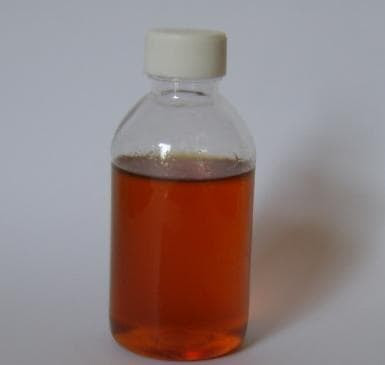
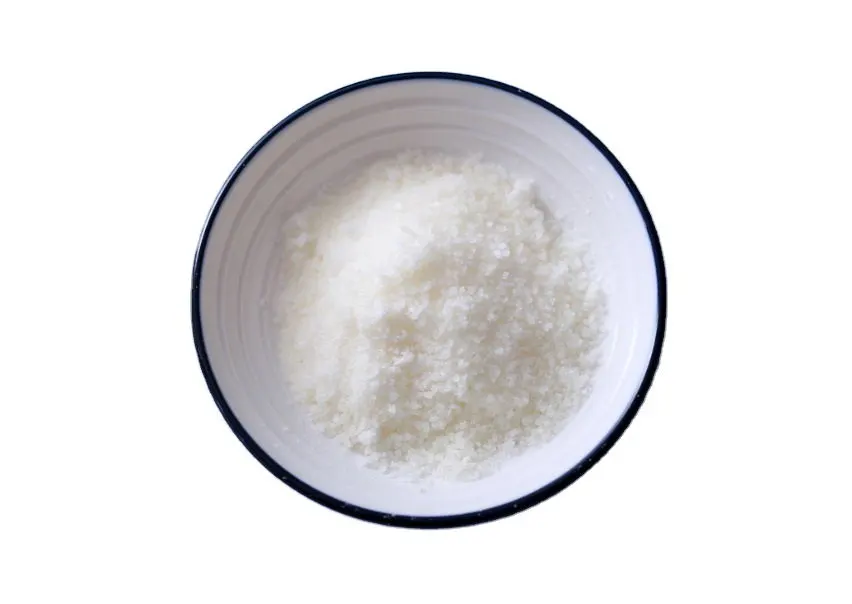
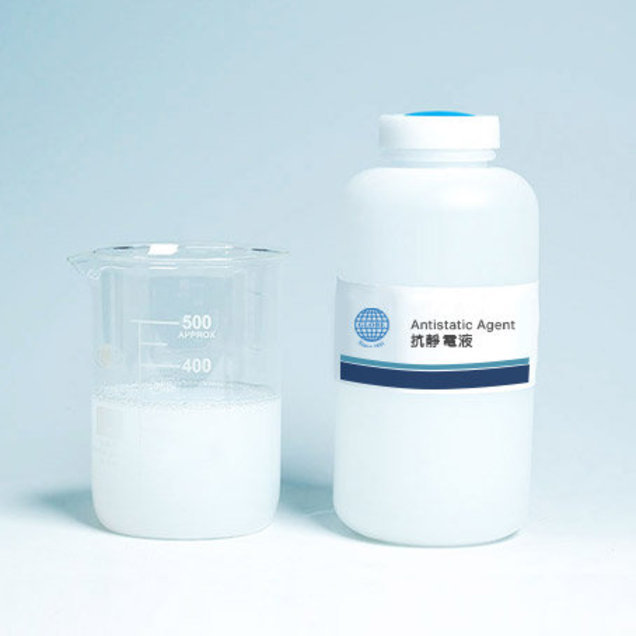

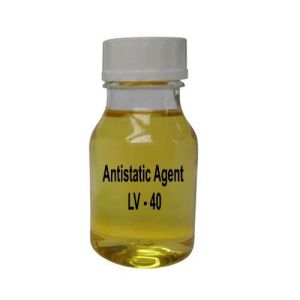
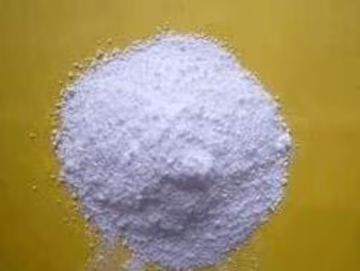

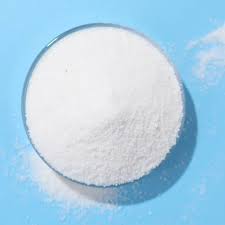
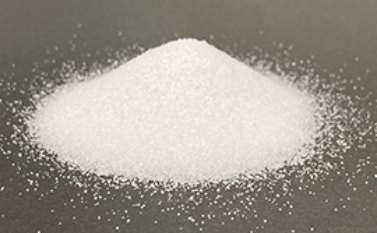
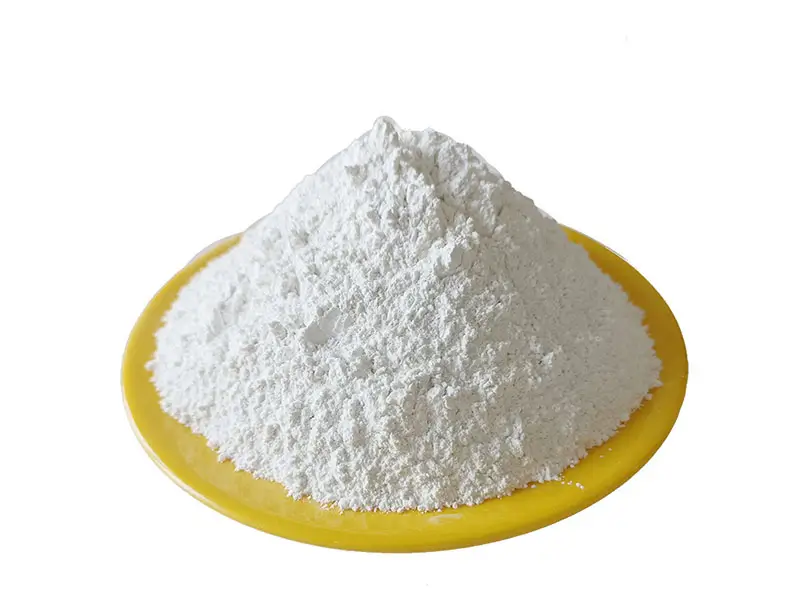




Reviews
There are no reviews yet.